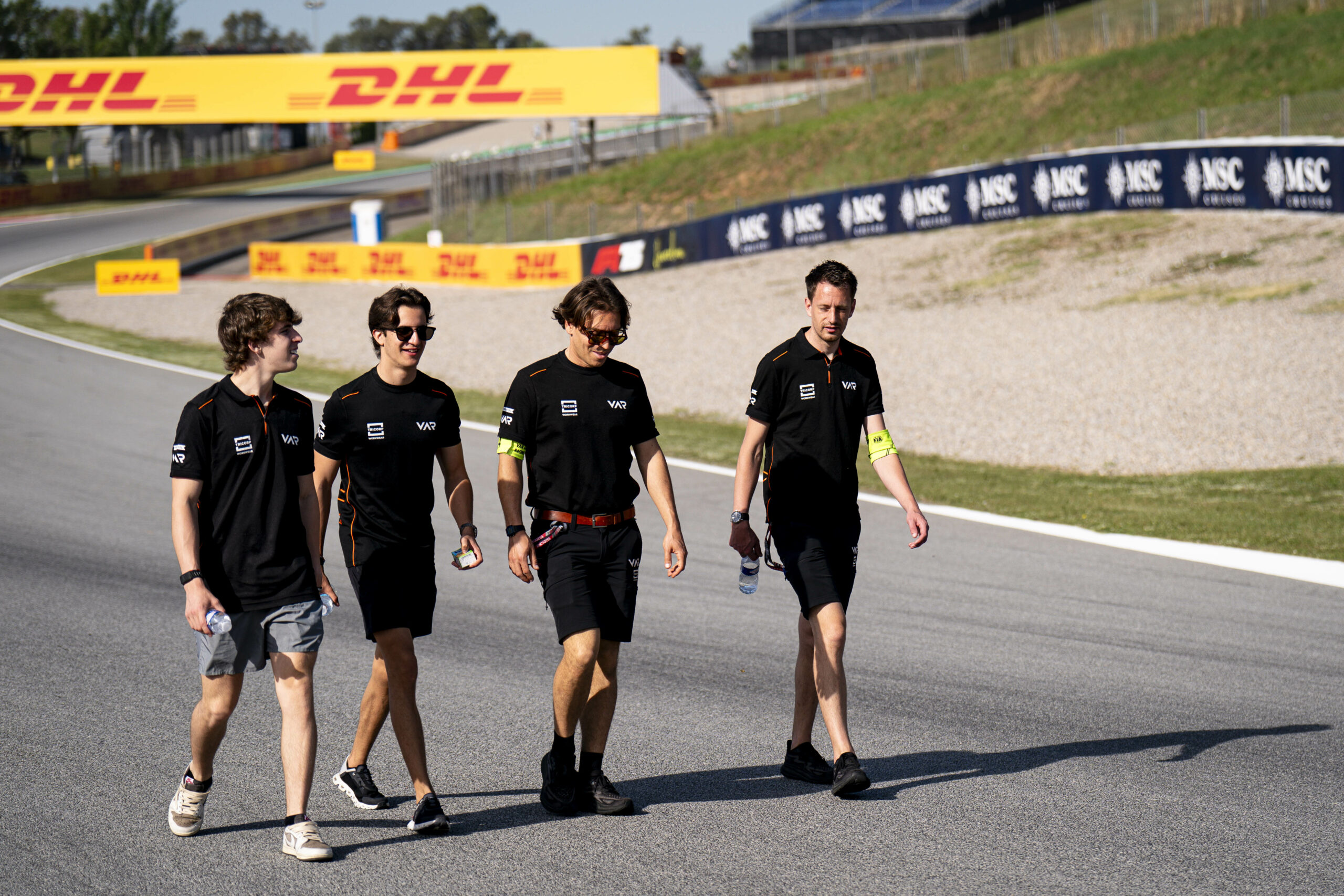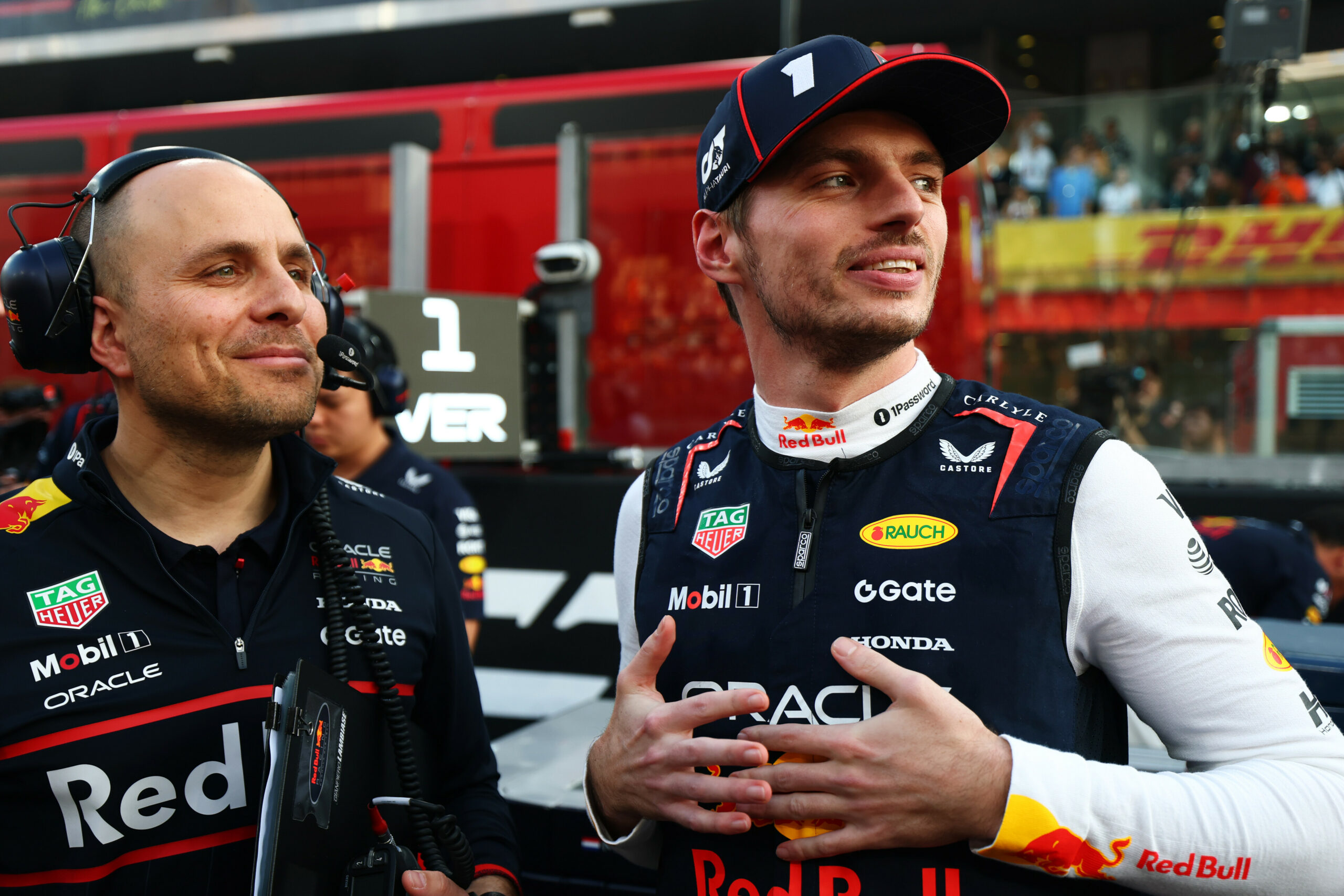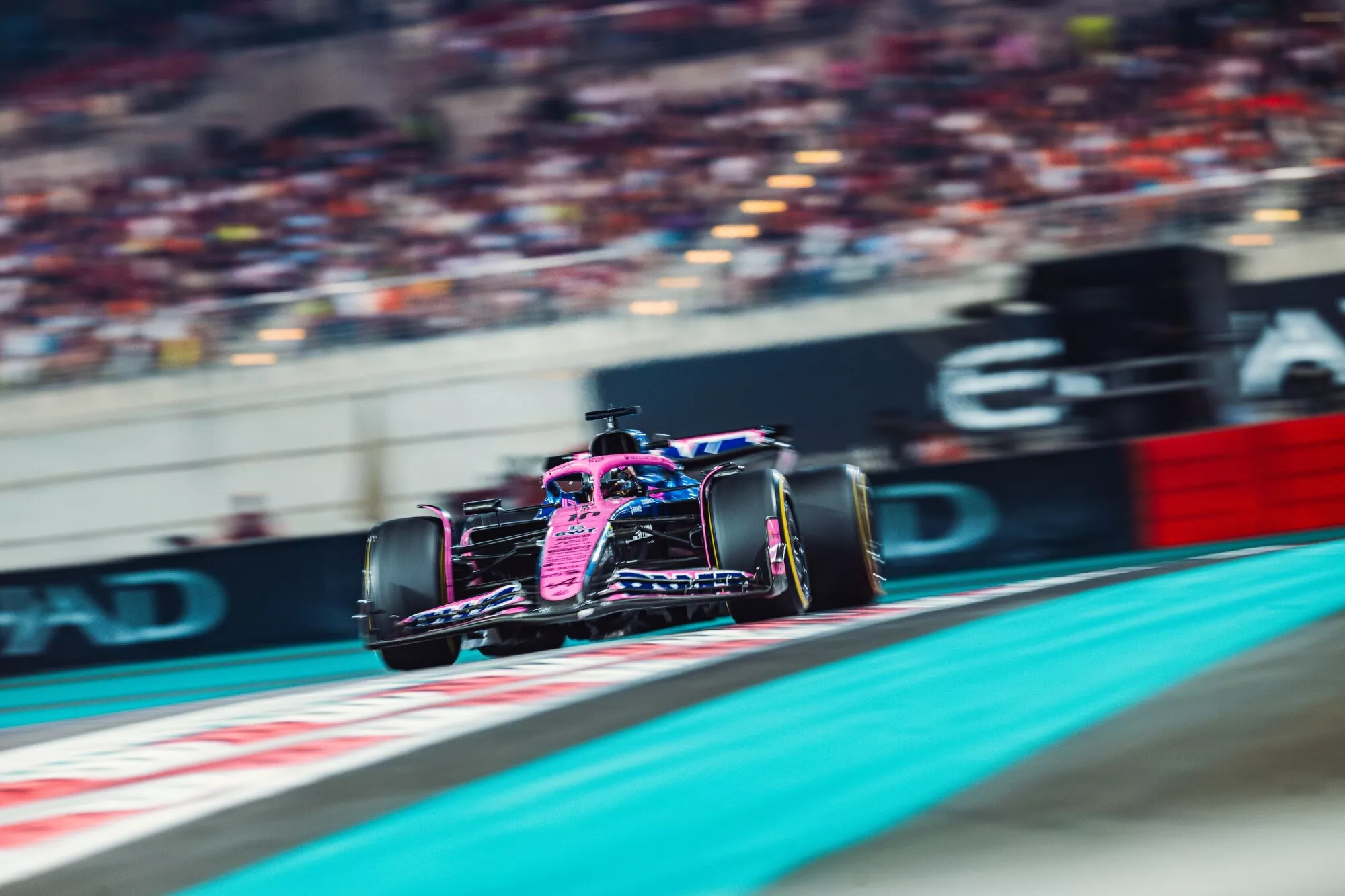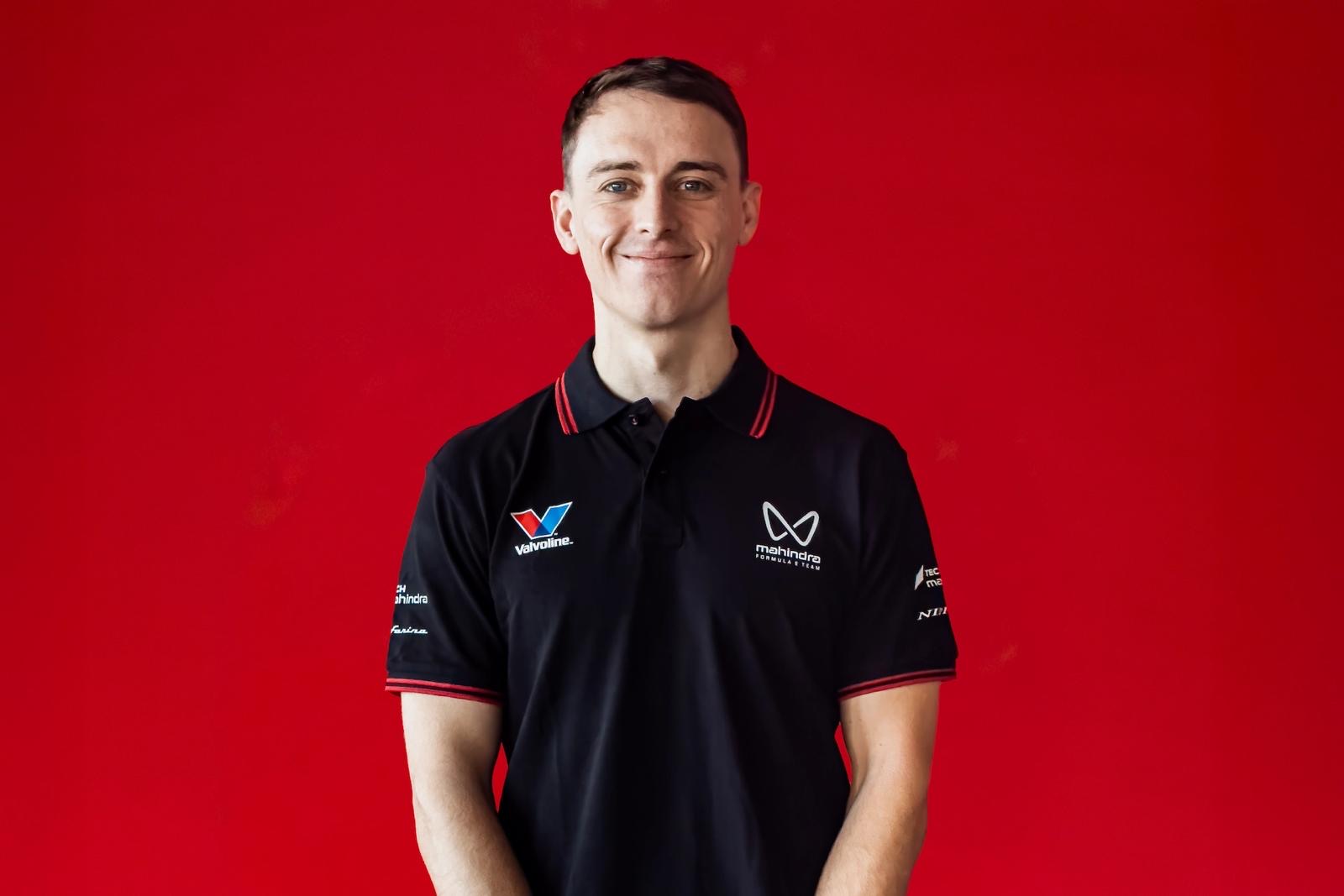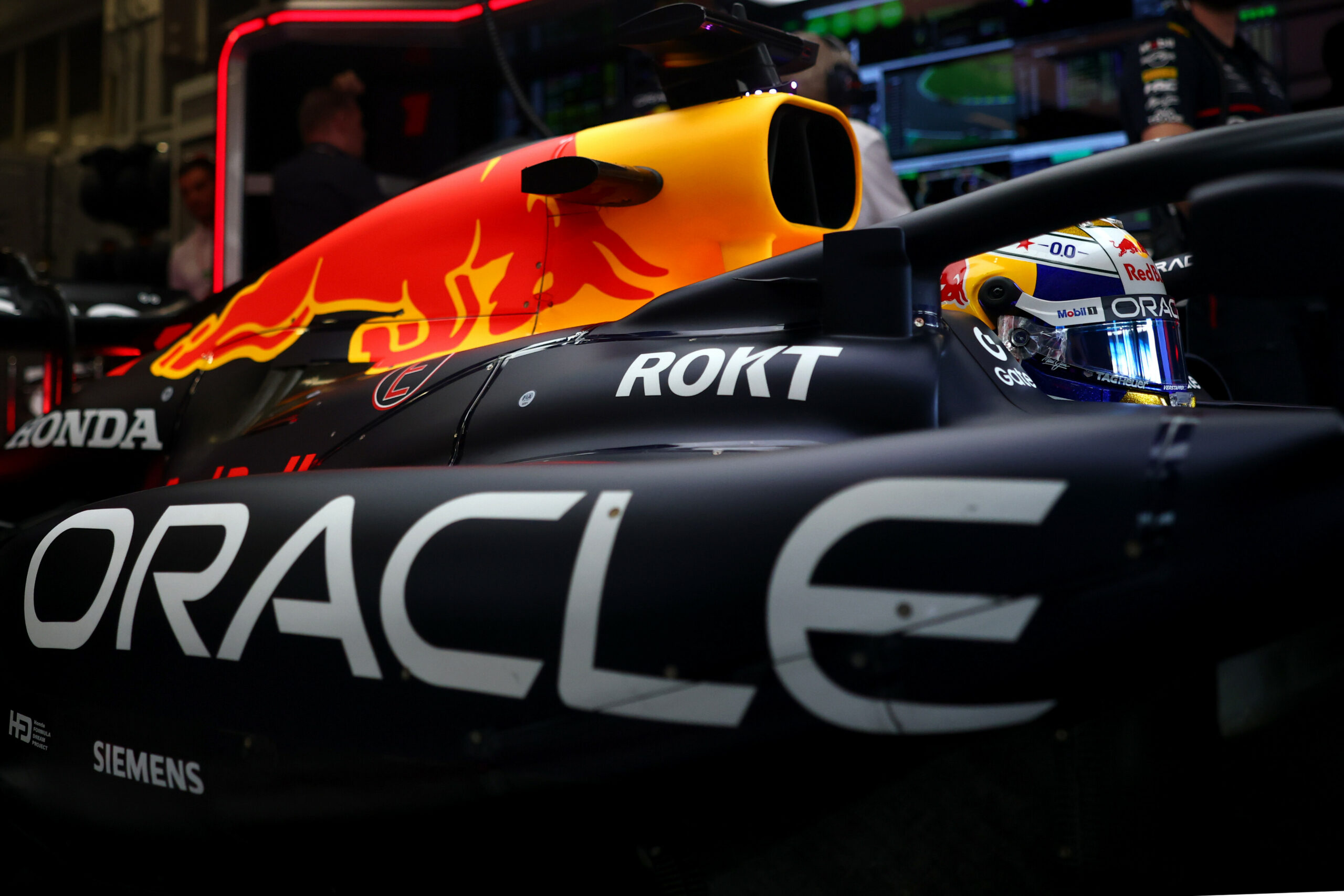Although Formula 3 sits two rungs below Formula 1, its physical demands are far from minor. Every race weekend presents a test of strength, endurance, and concentration. The high-speed cornering, heavy braking, and intense cockpit heat place immense strain on young drivers’ bodies—particularly across consecutive race weekends where recovery time is limited. In an exclusive interview with Pit Debrief, Van Amersfoort Racing’s F3 drivers Théophile Naël, Ivan Domingues, and Santiago Ramos provided an in-depth look into their physical training regimens. Each described the critical areas of preparation required to meet the sport’s physical demands, emphasising the need for consistent training, personalised planning, and mental resilience.
Building the core: Shoulders, neck, and legs
French driver Théophile Naël outlined the most physically taxing aspects of handling an F3 car. Despite the absence of power steering, drivers must maintain full control at high speeds and under heavy braking forces—tasks that require finely honed muscular strength.
“Well, so yeah, the F3, F2, the car, I think, quite hard to drive, the steering is really, really hard, the braking pedal as well is really hard. So, we are preparing a lot, I think, the legs to have some power to maintain it, maintain the brake pressure. And as well, the neck, quite a lot, some elastics.”
Naël pointed out that strength and conditioning exercises targeting the neck and shoulders are standard across most driver programmes. These muscle groups must withstand the G-forces experienced in corners, particularly on physically demanding circuits such as Barcelona.
“I think we all have our own exercise, but more or less, I think we are doing a bit similar for the neck, the shoulders as well. That is something very important, because the races are really long, especially in Barcelona, they are 30, 40, 45 degrees. It is a very demanding track.”
“So yeah, shoulders, neck, and the legs, especially,” he summarised.
Although F3 machinery generates less downforce than its F2 or F1 counterparts, it still subjects drivers to high physiological stress. The steering weight and braking loads alone demand targeted strength in the upper and lower body.
A comprehensive programme: Whole-body conditioning
Portuguese driver Ivan Domingues expanded on the importance of complete physical preparation. He stressed that while specific areas such as the neck, shoulders, and legs are prioritised, overall fitness remains essential.
“I still say each driver and each trainer, they have their own exercises. But yeah, the focus is a lot on the shoulder, on the neck, on the legs, but it is also on the whole body, the cardio, managing to aim on the stress levels that you have during the 45 minutes or 50 minutes of the race, with the extreme heat at times. So yeah, we just focus a bit more on some muscles and on some type of training, but yeah, just keep consistent training five times a week.”
Domingues described a typical week as including five structured training sessions, often tailored to simulate race conditions. These may include endurance-based cardio, heat acclimatisation, and muscle group recovery. He also noted the importance of managing stress and fatigue during long stints behind the wheel, where both concentration and heart rate must remain stable.
This kind of training not only enhances physical strength but also improves drivers’ ability to withstand pressure and maintain performance throughout a weekend that often includes practice, qualifying, sprint races, and feature races.
Individualised approach: Tailoring training to the driver
Mexican driver Santiago Ramos echoed Domingues’ and Naël’s points but emphasised the need for a personalised approach. While many exercises may overlap, every driver must take ownership of their preparation and make specific adjustments based on their own physiology and race performance.
“Yeah, for me, I think it is just a bit the same what they said. It is just a specific training for every driver. There are some drivers that need, obviously, to focus on some areas, there is others that need to focus on others.”
Ramos explained that post-race reflection plays an important role in identifying weaknesses and refining training. In many cases, drivers reassess their physical needs after each weekend to address specific shortcomings—be it muscle fatigue, endurance loss, or reaction time.
“So it is just a personalised training for you. I think you need to be really, really creative with yourself after a race weekend, where I can improve, what is the area where I am missing some training. And then from there, you need to go on, like Theo said, you can do some elastics with the neck, then you can do some shoulder training.”
An emphasis on cardiovascular endurance
Beyond strength, Ramos reinforced the value of cardiovascular endurance. Elevated heart rates are sustained throughout the race, and maintaining clarity and composure during these intense moments is critical.
“Also, cardio is really important because at the end, you are driving for 40 minutes with 160, 170 heart rate. So, it is important that you are able to keep your air and your focus. And yeah, I think that is also a really important part.”
Margins tighten, preparation intensifies
F3 has always demanded a high degree of physical and mental discipline. However, as the field becomes increasingly competitive and margins grow narrower, training standards have intensified. The difference between a podium and a midfield result often comes down to consistency under pressure—something that physical preparation helps to secure.
The insights shared by Naël, Domingues, and Ramos reveal how today’s junior drivers are approaching their craft with professional rigour. Their routines encompass strength and endurance training, recovery planning, race analysis, and mental conditioning—mirroring the habits seen at the highest levels of motorsport.
While F3 remains a proving ground, its demands continue to evolve. In this environment, fitness is not just a tool for survival—it is a vital component of performance. The commitment shown by Van Amersfoort Racing’s trio illustrates what is now expected of drivers hoping to rise through the ranks of international motorsport.

